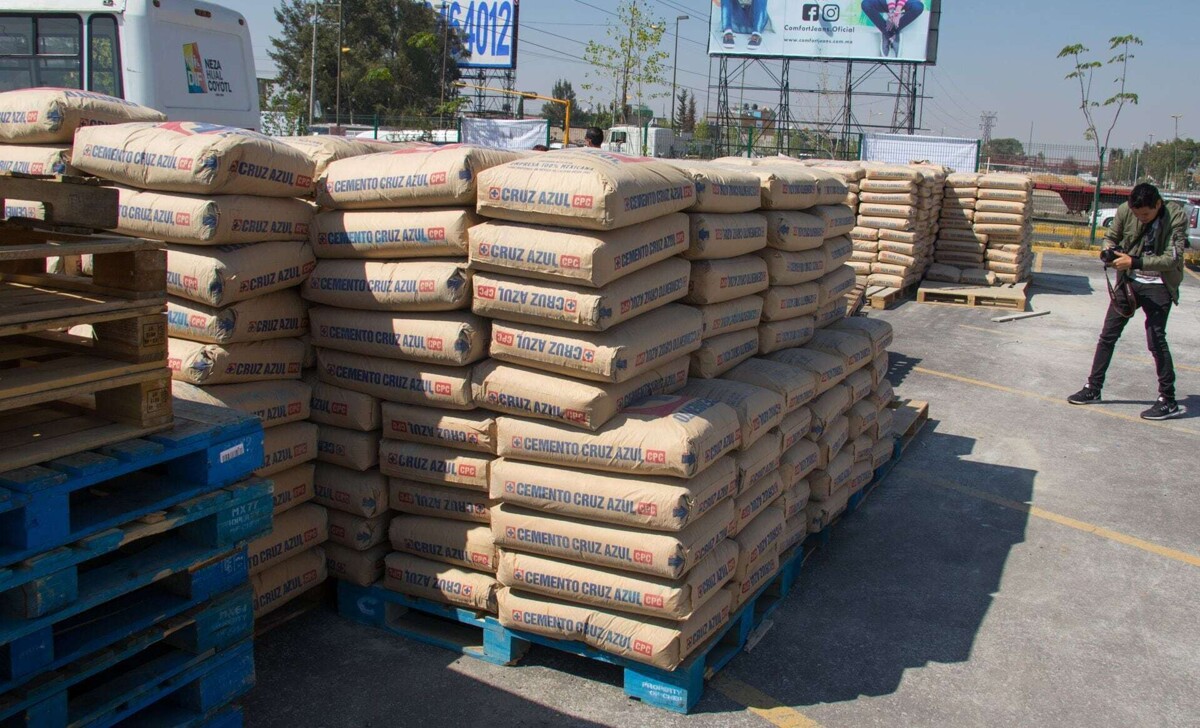
Cement demand in Mexico closed with a slowdown that could mean a decline of up to 4% annually in sales volume by the end of the fourth quarter of the year. This phenomenon is attributed to factors such as adverse weather conditions and the completion of government projects, which could affect companies like Cemex, GCC, Holcim, Moctezuma, and Cruz Azul.
According to Gerardo Cevallos, deputy director of fundamental analysis for Vector Casa de Bolsa, the slowdown in cement sales volume is due to extraordinary rains, the impact of hurricanes, and the completion of priority projects such as the Maya Train, the Dos Bocas Refinery, and the Felipe Ángeles International Airport. These factors, combined with the volatility in the exchange rate, could affect the results of cement companies.
In November 2024, domestic sales of gray cement in Mexico fell by 3.2% annually, reaching 3 million 274 thousand 802 tons. For 2025, conservative sales volumes are expected due to the completion of large government projects the previous year.
On the other hand, the cement industry is expected to receive a boost in both the United States and Mexico. In the U.S., more than $2 billion is anticipated to be invested in infrastructure projects during Joe Biden's administration. In Mexico, the Mexico Plan led by Claudia Sheinbaum could stimulate gray cement consumption.
Although there has been a decrease in investment in mega projects in Mexico, initiatives such as the 1 million housing program, nearshoring, a possible decrease in rates, and formal construction could boost the industry. Companies such as Moctezuma and Holcim have increased their production and grinding capacities in preparation for new business opportunities.
In this context, Cemex has adjusted its volume and investment estimates due to the slowdown in construction activity and higher costs. The company has chosen to intensify its presence in key markets such as the United States, Europe, and Mexico.













